5 Market Street, St Helens, Merseyside, WA10 1NE
St Helens has been linked with the glass industry since the early 18th century. The town’s award-winning World of Glass visitors’ centre is only a few metres from this Wetherspoon pub.
Prints and text about Market Street.
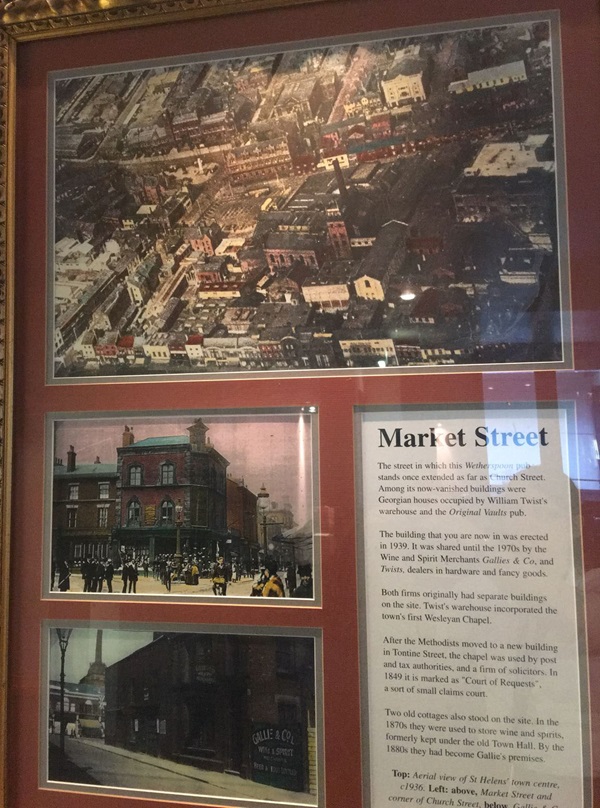
The text reads: The street in which this Wetherspoon pub stands once extended as far as Church Street. Among its now-vanished buildings were Georgian houses occupied by William Twist’s warehouse and the Original Vaults pub.
The building that you are now in was erected in 1939. It was shared until the 1970s by the Wine and Spirit Merchants Gallies & Co, and Twists, dealers in hardware and fancy goods.
Both firms originally had separate buildings on the site. Twist’s warehouse incorporated the town’s first Wesleyan Chapel.
After the Methodists moved to a new building in Tontine Street, the chapel was used by post and tax authorities, and a firm of solicitors. In 1849 it is marked as Court of Requests, a sort of small claims court.
Two old cottages also stood on the site. In the 1870s they were used to store wine and spirits, formerly kept under the old Town Hall. By the 1880s they had become Gallie’s premises.
Top: Aerial view of St Helens’ town centre, c1936
Left: above, Market Street and corner of Church Street
Left: below, Gallie & Co.
Photographs and text about John Rylands.
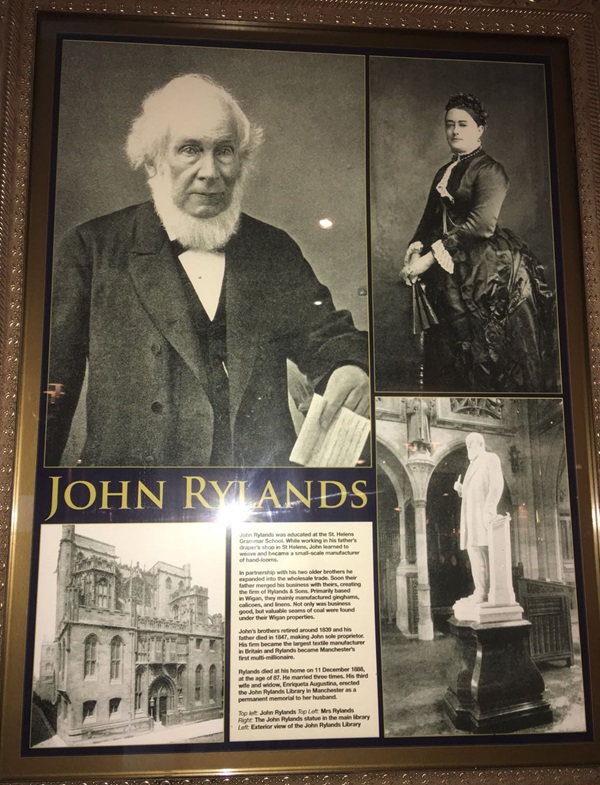
The text reads: John Rylands was educated at the St Helens Grammar School. While working in his father’s draper’s shop in St Helens, John learned to weave and became a small-scale manufacturer of hand-looms.
In partnership with his two older brothers he expanded into the wholesale trade. Soon their father merged his business with theirs, creating the firm of Rylands & Sons. Primarily based in Wigan, they mainly manufactured ginghams, calicoes, and linens. Not only was business good, but valuable seams of coal were found under their Wigan properties.
John’s brothers retired around 1839 and his father died in 1847, making John sole proprietor. His firm became the largest textile manufacturer in Britain and Rylands became Manchester’s first multi-millionaire.
Rylands died at his home on 11 December 1888, at the age of 87. He married three-times. His third wife and widow, Enriquetta Augustina, erected the John Rylands Library in Manchester as a permanent memorial to her husband.
Top left: John Rylands
Top Left: Mrs Rylands
Right: The John Rylands statue in the main library
Left: Exterior view of the John Rylands Library.
Photographs of Beecham’s Pills.
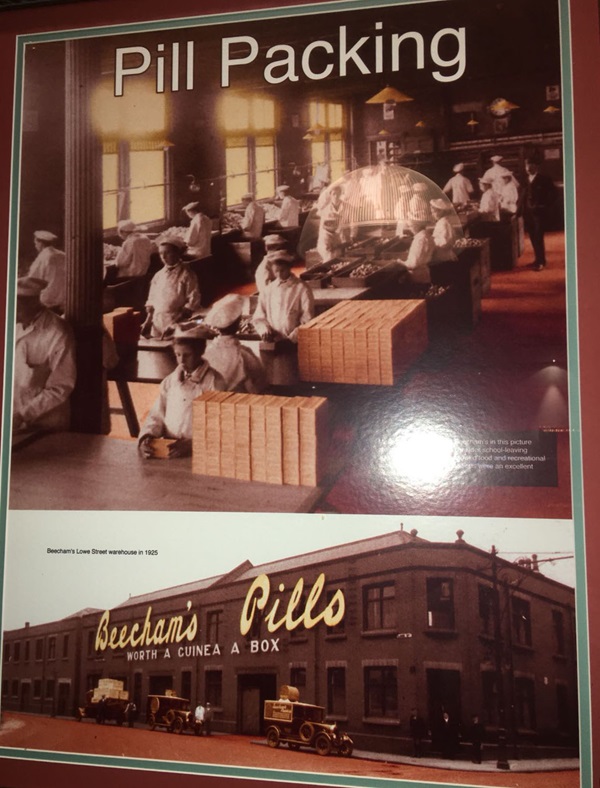
Most of the employees of Beecham’s in this picture are below what we would consider school-leaving age. However, they were allowed food and recreational activities, and working conditions were an excellent example of best practice.
Photographs of sheets from cylinders – the sheet glass methods pre 1930.
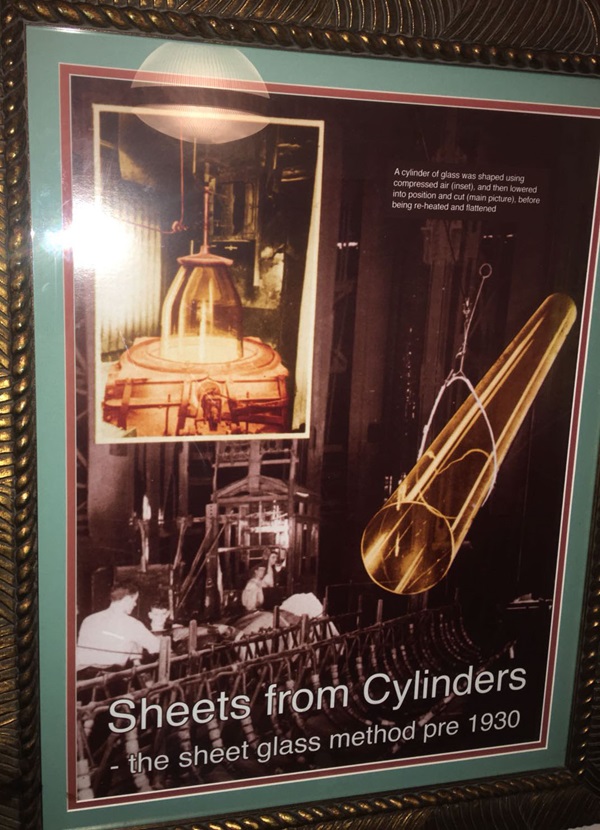
A cylinder of glass was shaped using compressed air (inset), and then lowered into position and cut (main picture), before being re-heated and flattened.
External photograph of the building – main entrance.
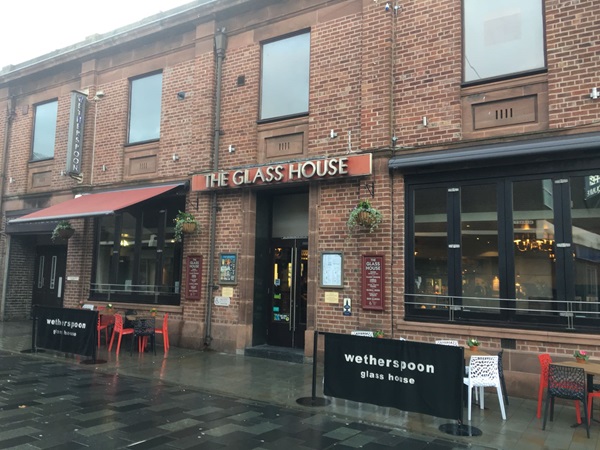
If you have information on the history of this pub, then we’d like you to share it with us. Please e-mail all information to: pubhistories@jdwetherspoon.co.uk